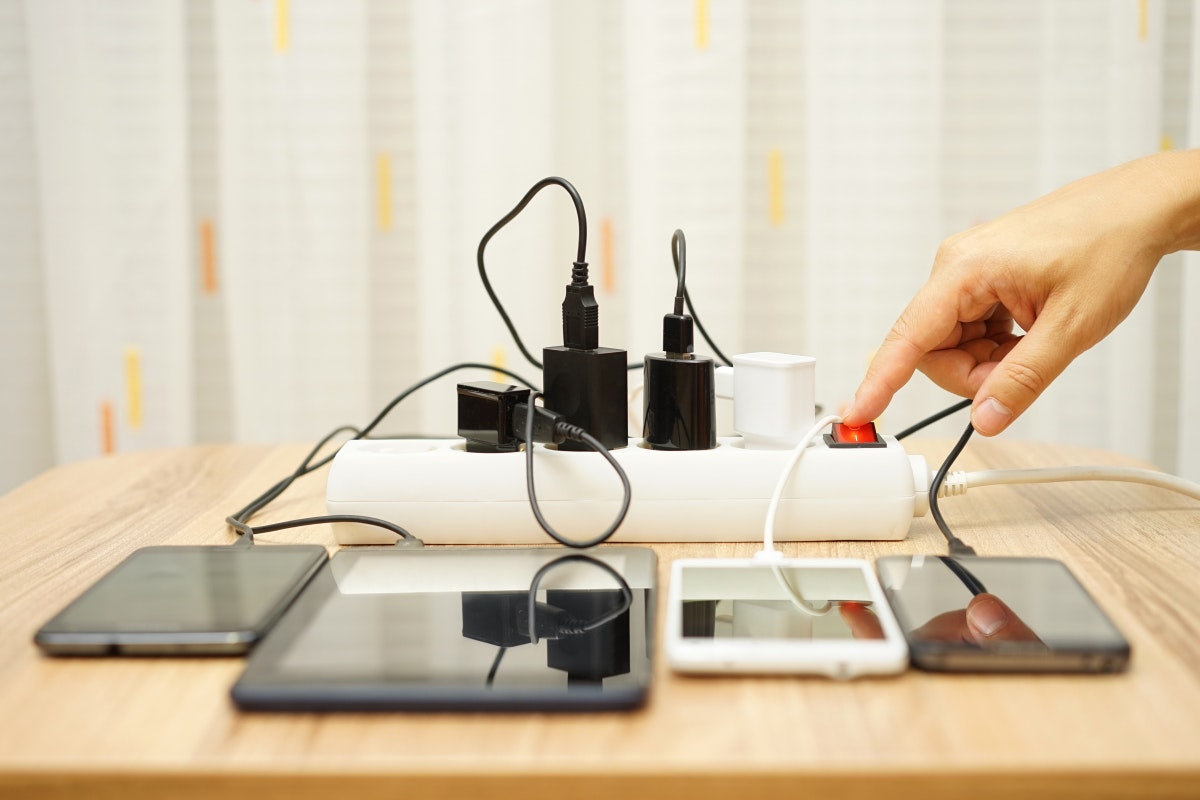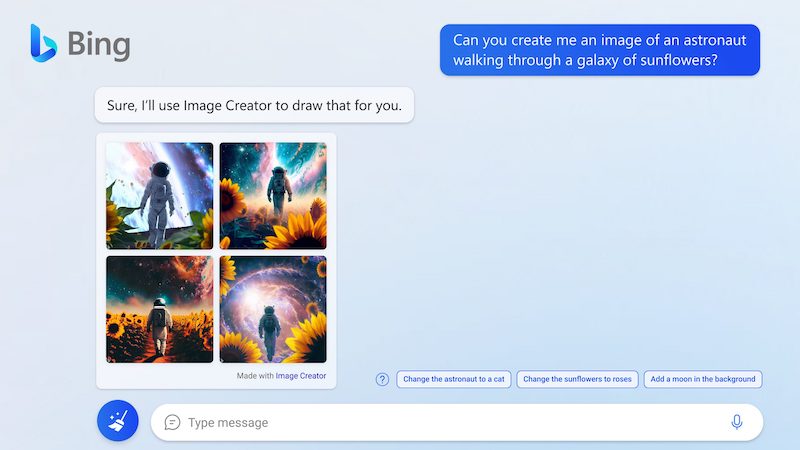The EU is trying again for uniform standards
No time right now?
The European Union is planning – once again – a uniform solution for charging cables. Why the hurdle is now significantly higher than it was then and why the plans could now become reality.
It was more than ten years ago that the European Union developed the fundamentally sensible idea that all cell phone models should be able to work with the same charging cable. At that time, the project (still under the German Günter Verheugen) failed, among other things, because of Apple’s resistance and the fact that the affected devices, for which the obligation should apply, were very narrowly defined. At the time, companies like Apple criticized the fact that they were only able to implement certain functionalities in the transmission with the above-mentioned USB solution (at that time micro-USB was the method of choice) only suboptimally and with adapters. In a nutshell: The joint charging solution, which at the time was based on voluntary agreements with the industry, could not be implemented, mainly due to Lightning.
Contents
New EU initiative for significantly more types of equipment
Today, as is well known, we still do not have standardized chargers, but rather manufacturers who omit them entirely or only want to offer them as paid accessories in order to operate more sustainably. Older mobile devices – tablets have been added over the years that were not yet taken into account by the EU solution at the time – rely on micro-USB connections, newer ones on USB-C connections and Apple uses Lightning. But that’s not all: there are also several standards in the field of wireless charging that do not facilitate standardization.
A new draft of the European Union could now be a bigger hit and include all devices with similar charging and power supply requirements, including tablets, e-book readers, headphones or speakers, possibly even cameras and fitness trackers. It always makes sense, even if Apple has once again announced that there is no need for such a standardization. The EU expects up to 2028 13,300 tons of electronic waste per year by chargers alone. Netzpolitik.org quotes EU estimates that 29,000 tonnes of electronic waste will be saved each year by creating incentives not to sell a new charger with every new device. How exactly these look like, however, the previous draft leaves open.
It is already clear today that such a far-reaching proposal, which includes a large number of device types, is even more difficult to implement than it was ten years ago. In addition, if one of the wireless charging standards such as Qi or Powermat is to be integrated, the question arises as to which one it will be. It is also criticized that charging via induction damages the battery more and uses more energy than a cable solution.
EU wants to enforce more sustainable circular economy
In 2019 it was again a German, Ursula von der Leyen, who announced regulatory measures for cell phones and other small devices, but so far has not been able to present anything worth mentioning. In addition to the aforementioned standardized power supply, the plans for a sustainable recycling management for electrical appliances also include the right to repair and software updates over a certain period of time. But neither the period nor the scope of such updates – there would probably be a distinction between functional and security-specific updates – are currently clearly defined.
Interesting about the document on the uniform charging socket, the Netzpolitik.org as the first medium to be published, is above all the fact that not only the small devices mentioned should be provided with a uniform charging socket, but also numerous other household appliances. It remains to be seen whether such a big success can work in view of the different electrical requirements. After all, the willingness of many companies to support such a project could have increased with the increased awareness of sustainability and environmental protection. For many companies, such topics are now at least a marketing argument for the customer.



